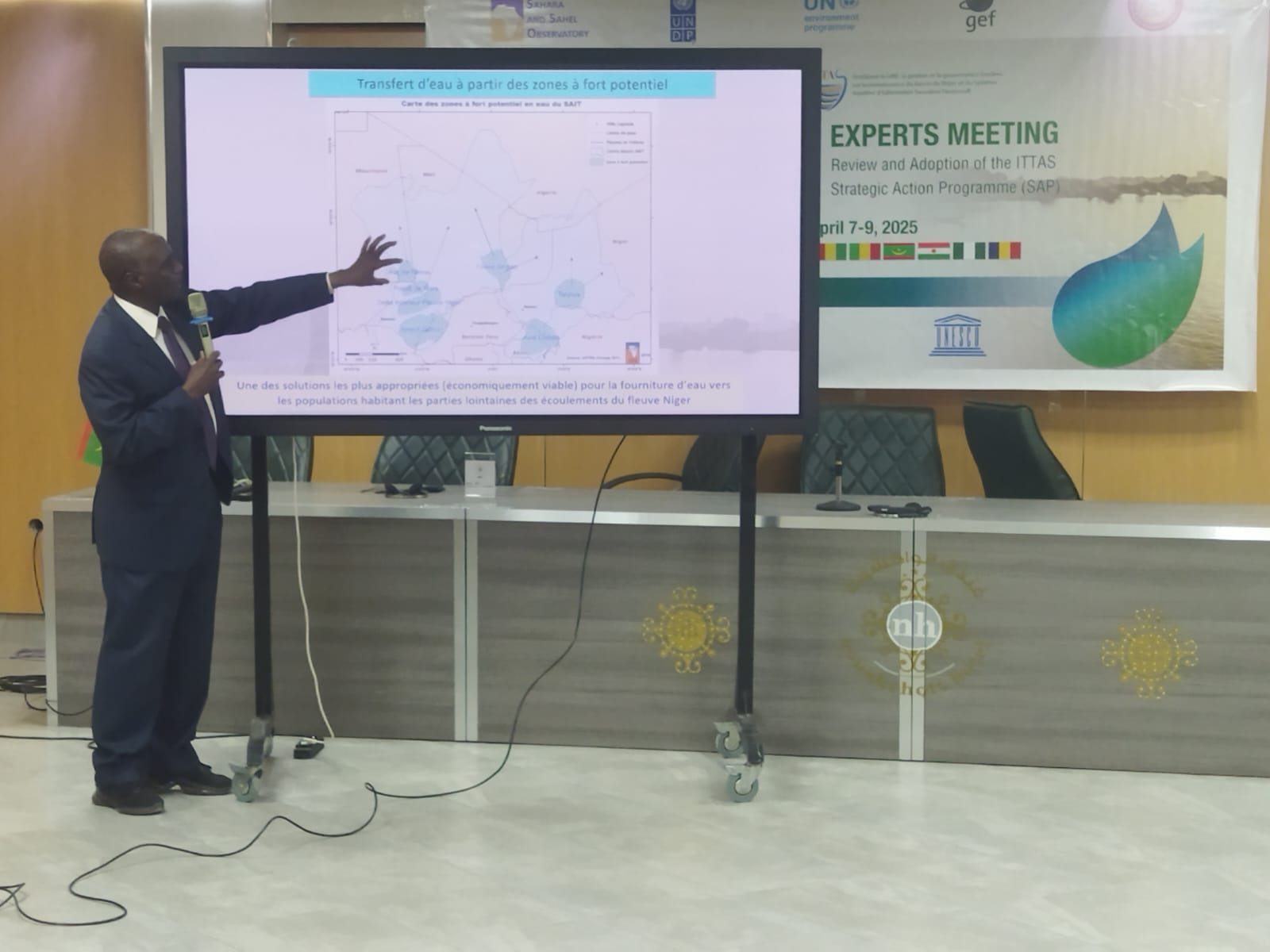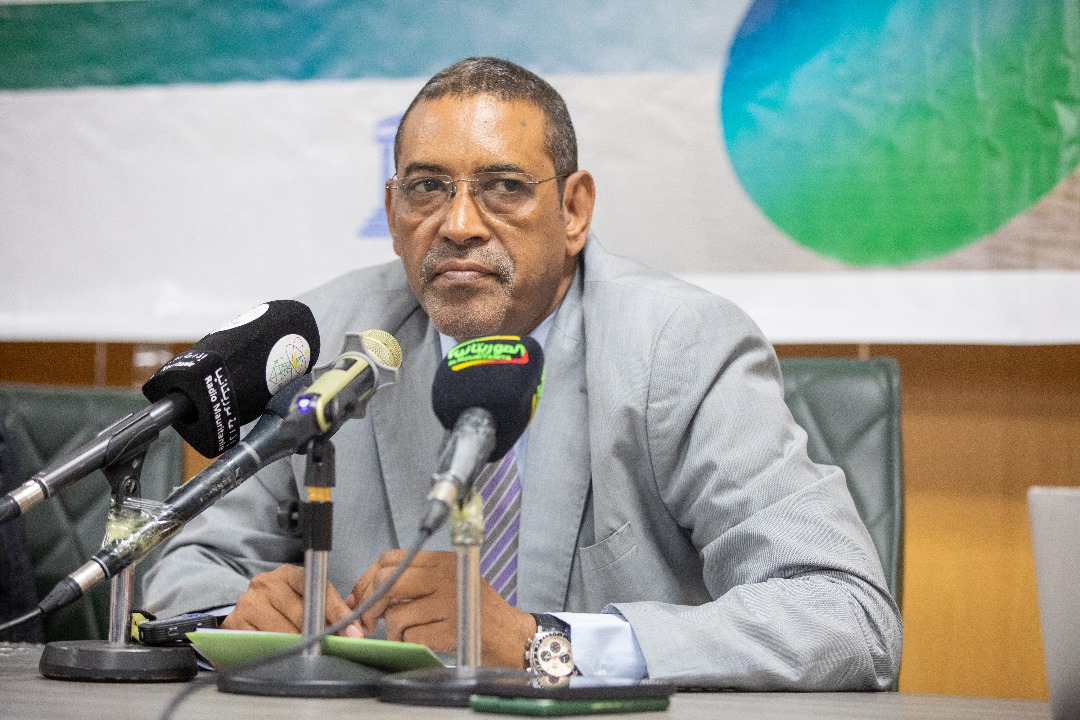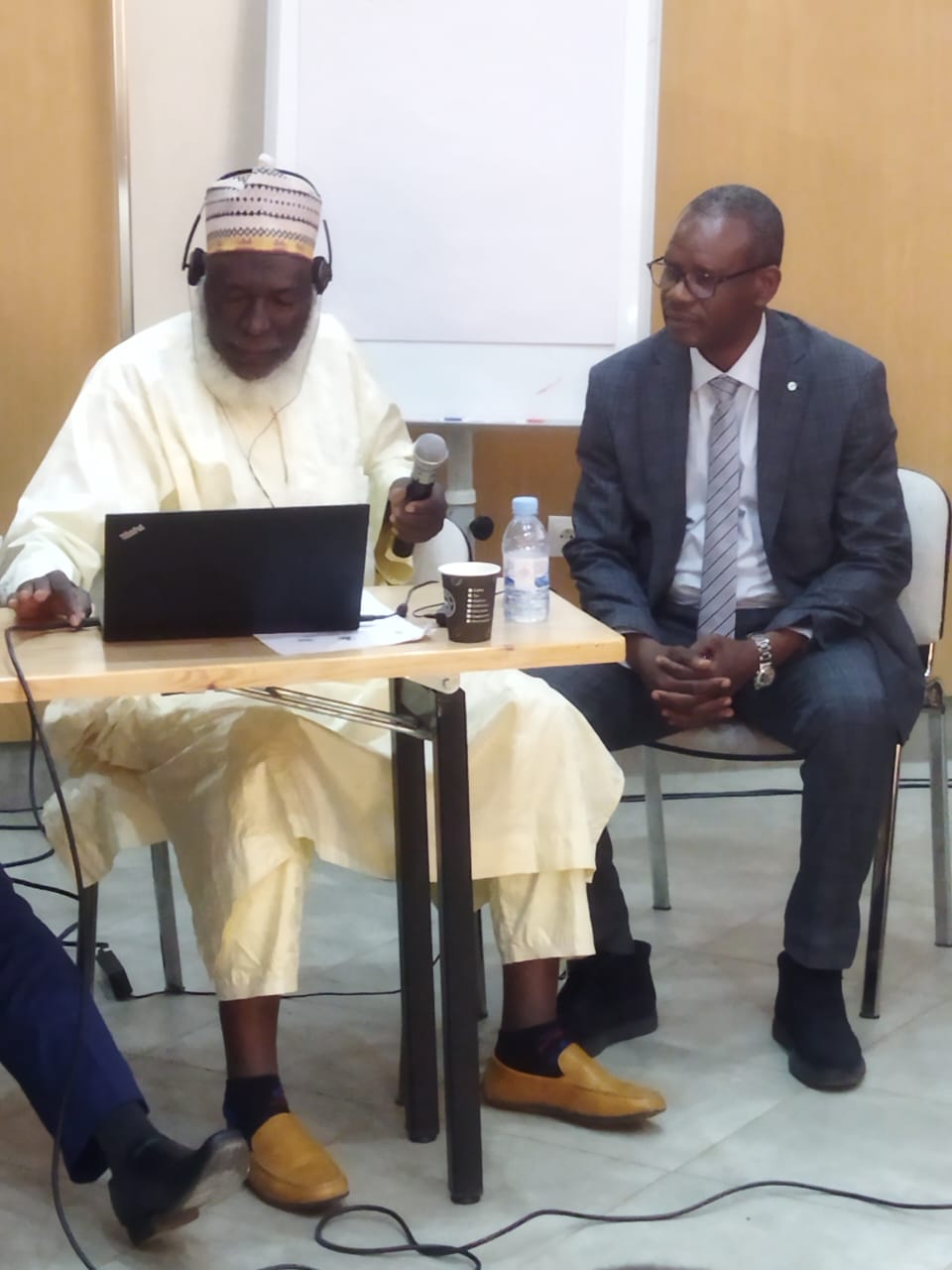





In collaboration with the National Water Resources Center (CNRE) of Mauritania, the Sahara and Sahel Observatory, is convening the Ministerial Conference on the Iullemeden-Taoudéni/Tanezrouft Aquifer System (ITTAS) in Nouakchott, Mauritania, from April 7 to 10, 2025. This event, which marks a decisive step in water diplomacy in West and North Africa, aims to adopt the ITTAS Strategic Action Program (SAP) and establish a consultation mechanism to ensure joint governance. Furthermore, this meeting is part of a scientific, technical and inclusive process that has been underway for several years as part of the NB-ITTAS project, led by Benin, Burkina Faso, Mali, Mauritania, Niger, and Nigeria sharing the aquifer, and which has led to a shared vision of the issues and coordinated solutions for the sustainable resource management.
The Nouakchott meeting will begin with a meeting of national experts, whose mission will be to review the Memorandum of Understanding and the roadmap for the establishment of the Consultation Mechanism, to present and validate priority actions for the SAP implementation, and to conduct preparatory works for the final documents to be submitted to the Ministers for adoption. Over three days, the experts, representatives of water resources and environmental institutions, and implementing partners will lay the technical and legal foundations for the future governance of the ITTAS.
April 10 will be marked by a meeting of Ministers and political representatives who will sign the Memorandum of Understanding and, through a ministerial statement, will adopt the SAP and consolidate the regional commitment to joint aquifer management. The purpose is to ensure the sustainability of the NB-ITTAS project achievements and to outline the main guidelines for the second phase of the program, focused on the operational implementation of the SAP and the larger-scale replication of validated field-solutions.
It is important to remember that in a global context where less than 10% of the 468 identified transboundary aquifer systems have a structured governance program, the ITTAS stands out for its unique ambition and solid political foundation. This aquifer system could thus become a benchmark model for groundwater diplomacy in Africa, in terms of shared and sustainable management of transboundary resources. Furthermore, the ITTAS aquifer system provides natural interconnections with the surface waters of the Niger River basin, making the SAP one of the first Strategic Action Programs in the world to promote the joint management of groundwater and surface water, drawing on the natural link between these two resources and their associated ecosystems. This integrated approach is now recognized as a key response to the growing challenges of scarcity and variability.
The Nouakchott Conference will thus highly speak for transboundary cooperation based on knowledge, solidarity, and shared responsibility, in order to ensure a more secure water future for present and future generations.